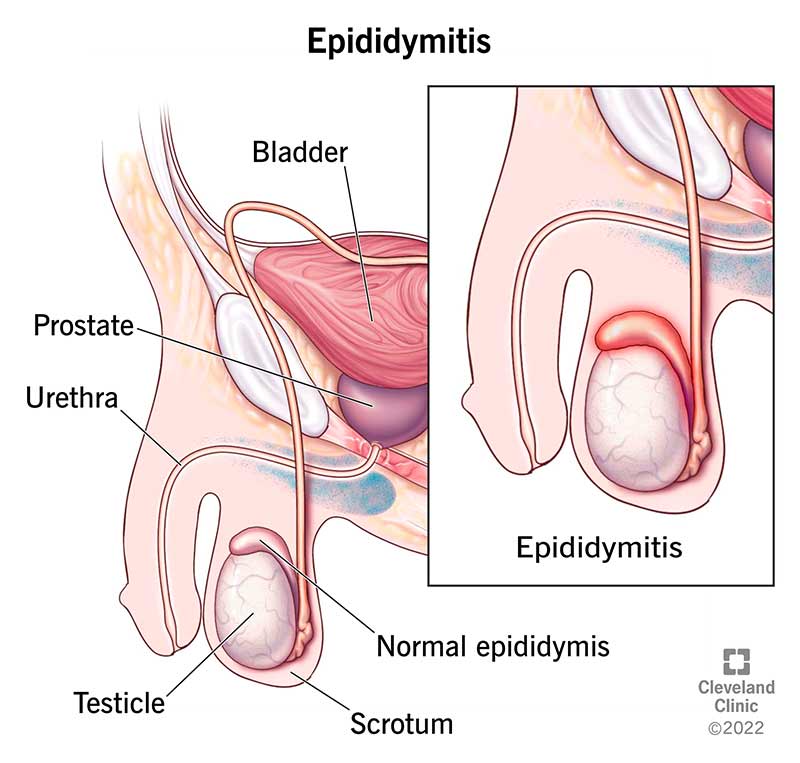Sexually Transmitted Infections: Symptoms, Diagnosis & Treatment - Urology Care Foundation
Sexually Transmitted Infections

Attention: Restrictions on use of AUA, AUAER, and UCF content in third party applications, including artificial intelligence technologies, such as large language models and generative AI.
You are prohibited from using or uploading content you accessed through this website into external applications, bots, software, or websites, including those using artificial intelligence technologies and infrastructure, including deep learning, machine learning and large language models and generative AI.
What are Sexually Transmitted Infections (STIs) or Diseases (STDs)?
Sexually transmitted infections (STIs) are also commonly called sexually transmitted diseases (STDs). They are the infections you get from another person through sexual contact. According to the CDC, there are more than 20 known types of STDs/STIs. In addition, over 20 million people in the United States are infected each year. About half of these people are age 15-24. Luckily, most STDs can be treated and cured.
How do you know if you have one? What is the best treatment? The information here should help answer these questions.
How do the male reproductive organs work?
The male reproductive system is specialized for the following functions:
- To produce, maintain and transport sperm (the male reproductive cells) and protective fluid (semen)
- To discharge sperm within the female reproductive tract
- To produce and secrete male sex hormones
The male reproductive anatomy includes external structures which include the:
- Penis
- Scrotum
- Testicles (testes)
The male reproductive anatomy includes internal structures which include the:
- Vas Deferens
- Ejaculatory ducts
- Urethra
- Seminal Vesicles
- Prostate Gland
- Bulbourethral Glands (Cowper’s Gland)

Diagram of the Male Reproductive Organs
Enlarge
How do the female reproductive organs work?
The female reproductive system provides several functions. The ovaries produce the female egg cells, called the ova or oocytes. The oocytes are then transported to the fallopian tube where fertilization by a sperm may occur. The fertilized egg then moves to the uterus, where the uterine lining has thickened in response to the normal hormones of the reproductive cycle. Once in the uterus the fertilized egg can implant into thickened uterine lining and continue to develop. If fertilization does not take place, the uterine lining is shed as menstrual flow. In addition, the female reproductive system produces female sex hormones that maintain the reproductive cycle.
During menopause the female reproductive system gradually stops making the female hormones necessary for the reproductive cycle to work. At this point, menstrual cycles can become irregular and eventually stop. One year after menstrual cycles stop, the woman is considered to be menopausal.
The female reproductive anatomy includes both external and internal structures.
The function of the external female reproductive structures (the genital) is twofold: To enable sperm to enter the body and to protect the internal genital organs from infectious organisms.The main external structures of the female reproductive system include:
- Labia Majora
- Labia minora
- Bartholin Glands
- Clitoris
The female reproductive anatomy includes internal structures which include the:
- Vagina
- Uterus (Womb)
- Ovaries
- Fallopian Tubes


